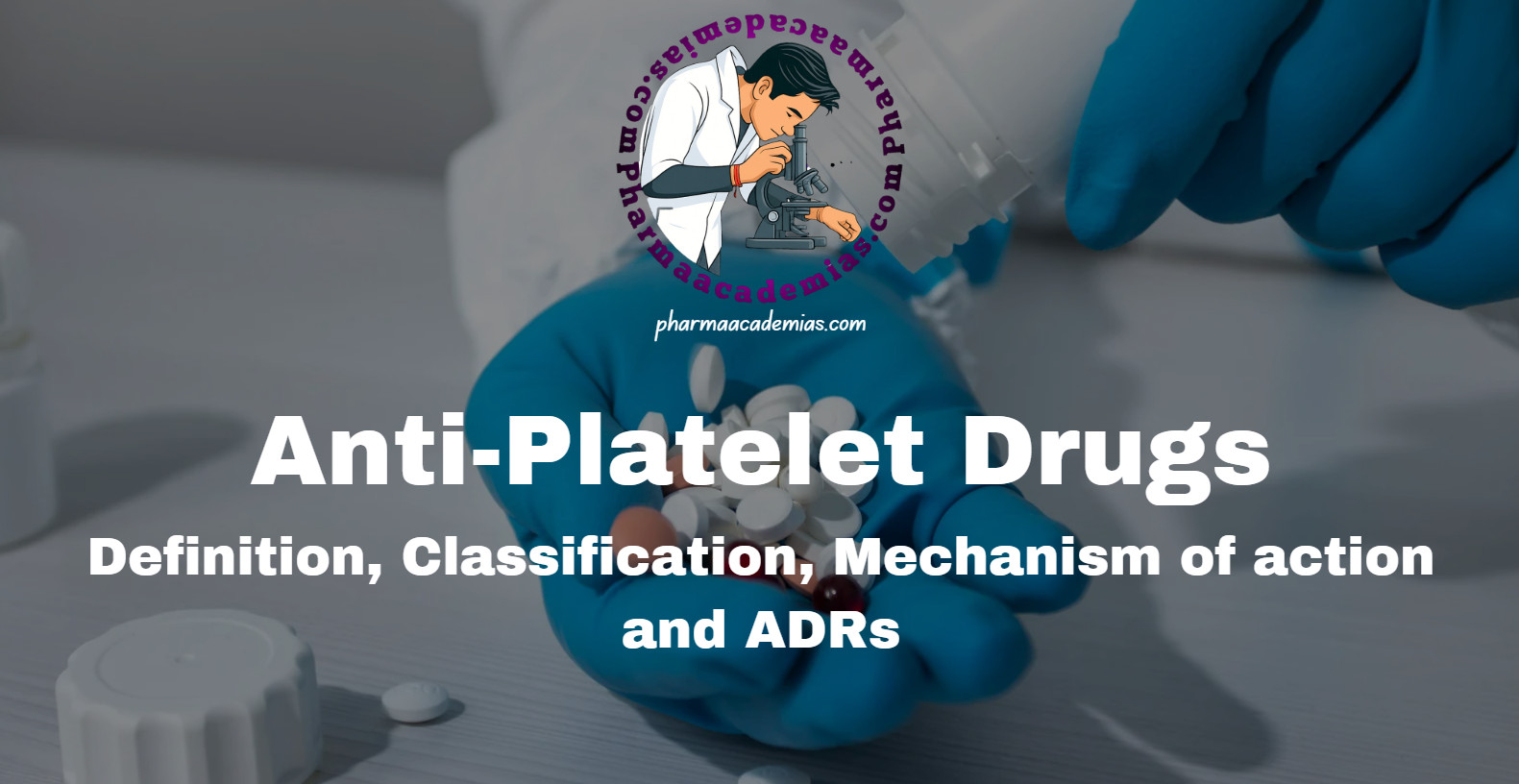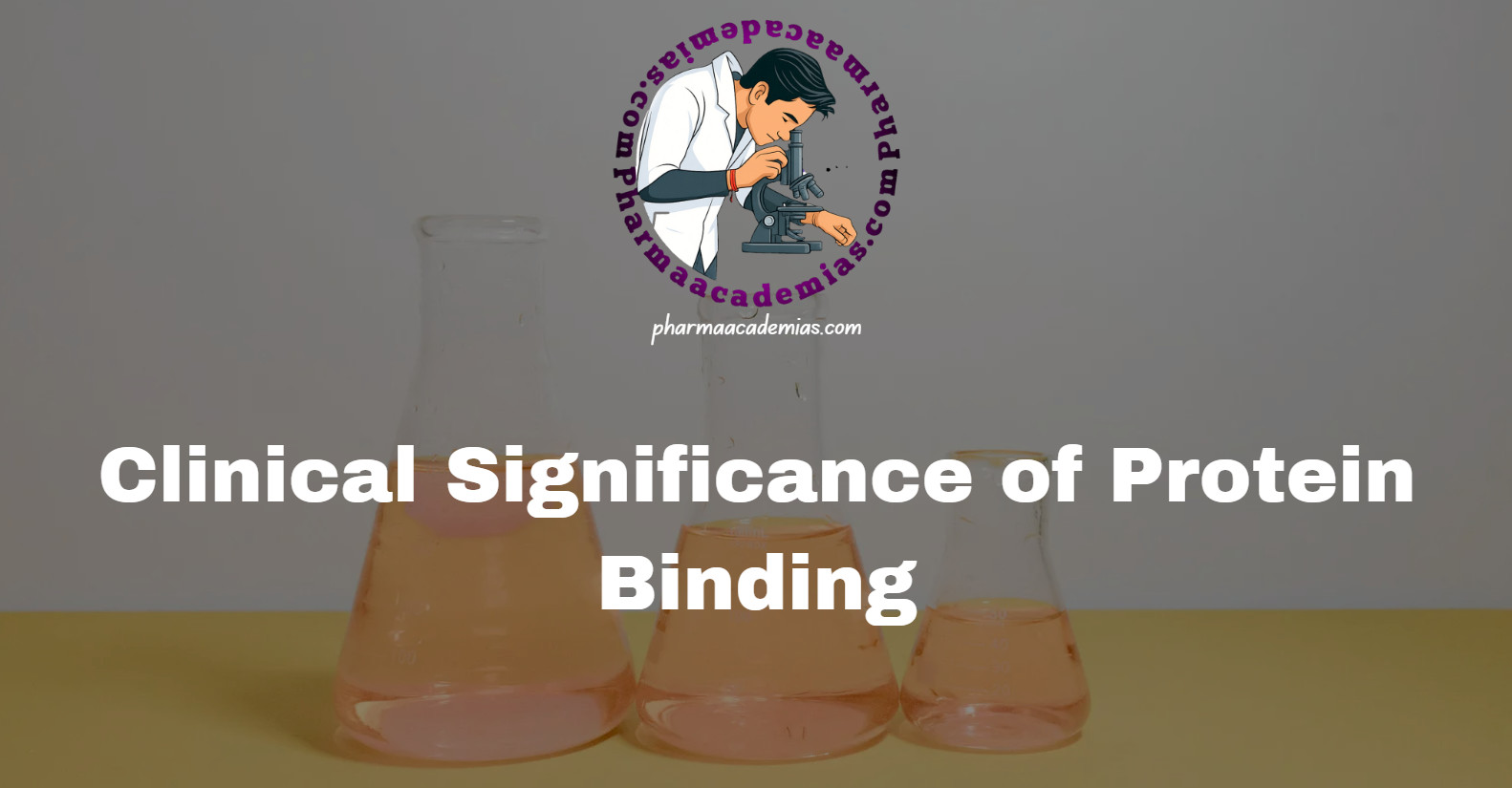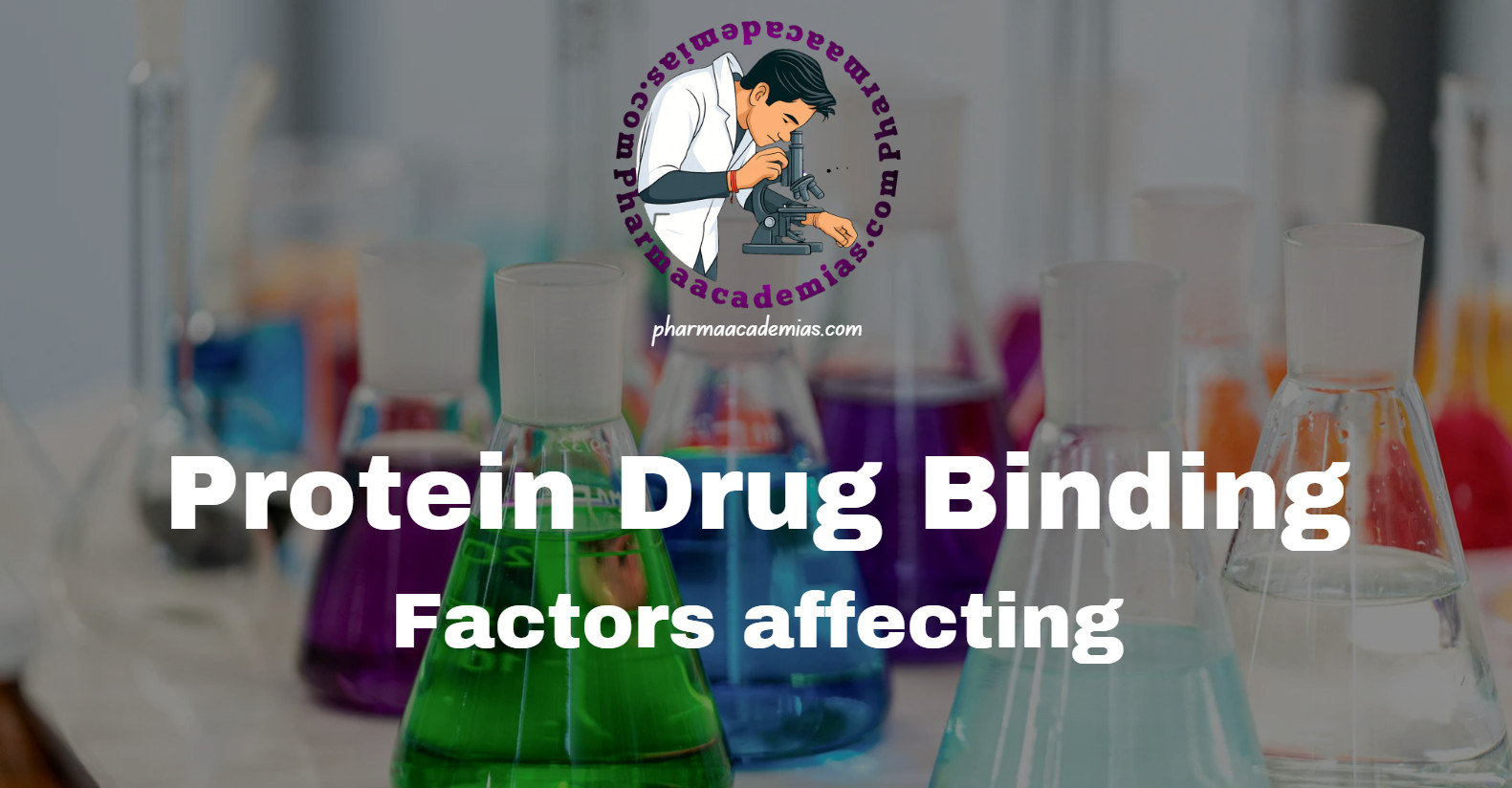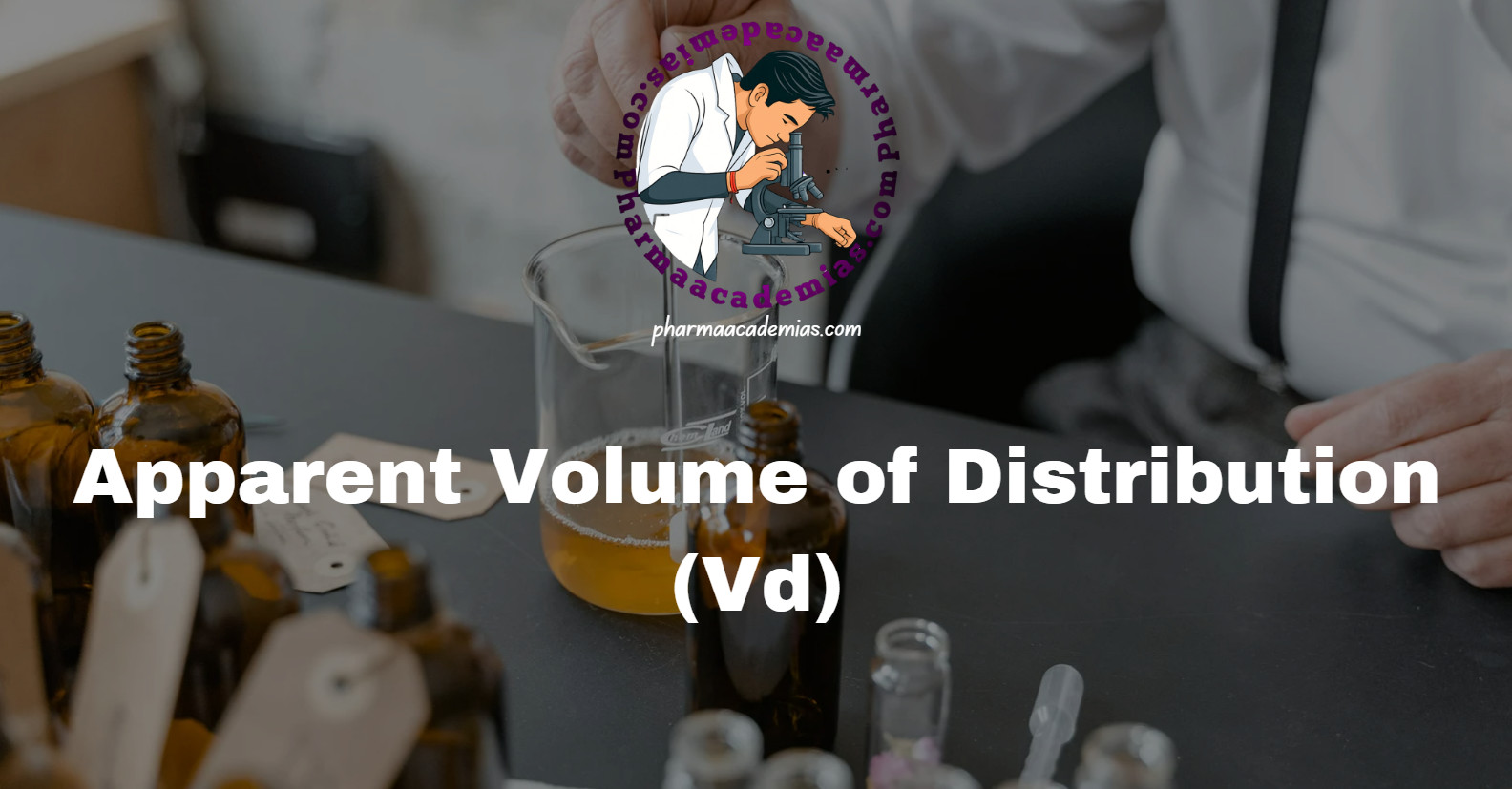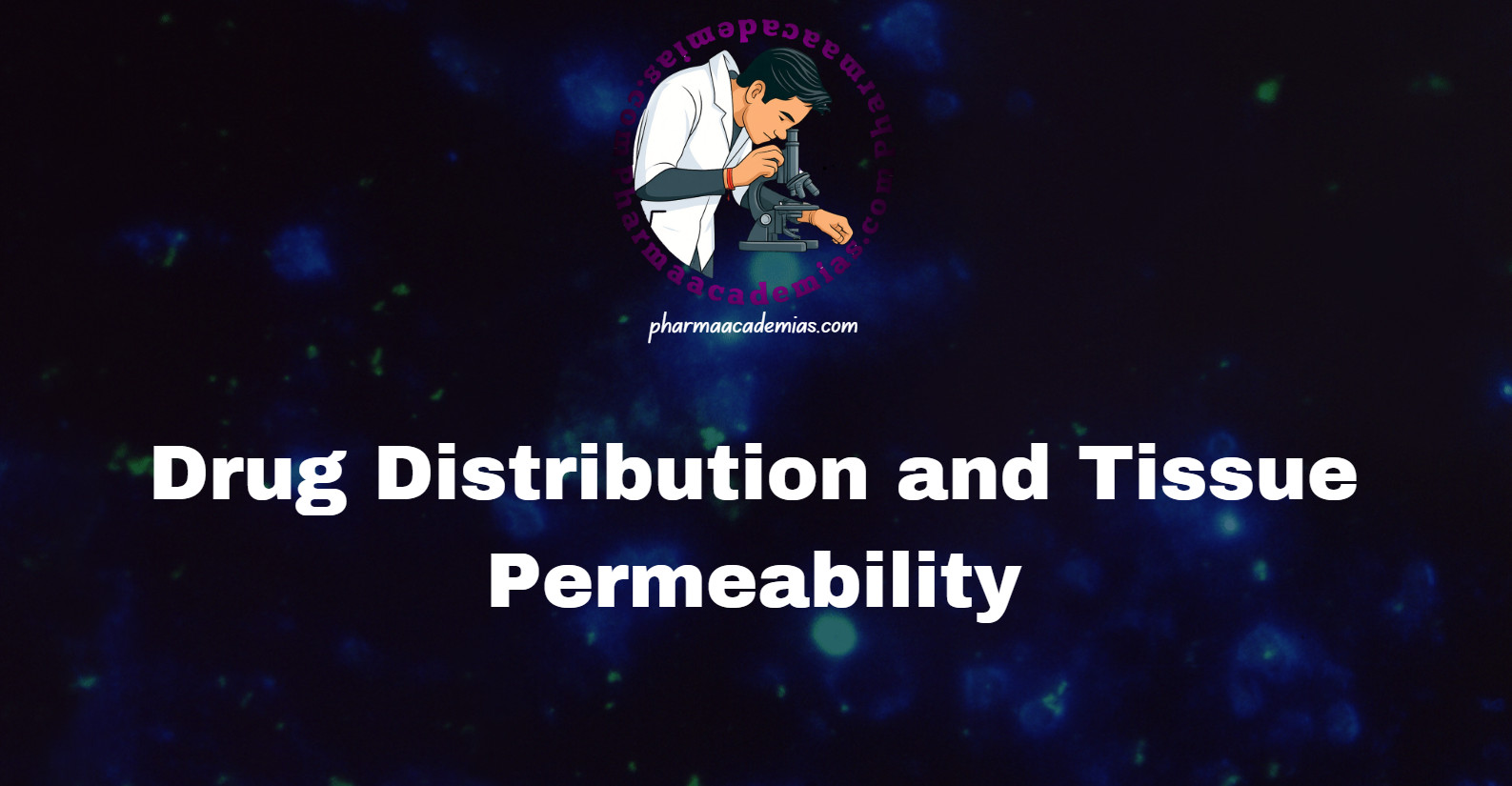Diuretics
Diuretics are pharmacological agents that promote the excretion of water and electrolytes (primarily sodium and chloride) from the body via the kidneys, increasing urine output. They are primarily used in the management of hypertension, edematous states (such as congestive heart failure, hepatic cirrhosis, and nephrotic syndrome), and certain renal disorders. By altering renal sodium handling, … Read more



